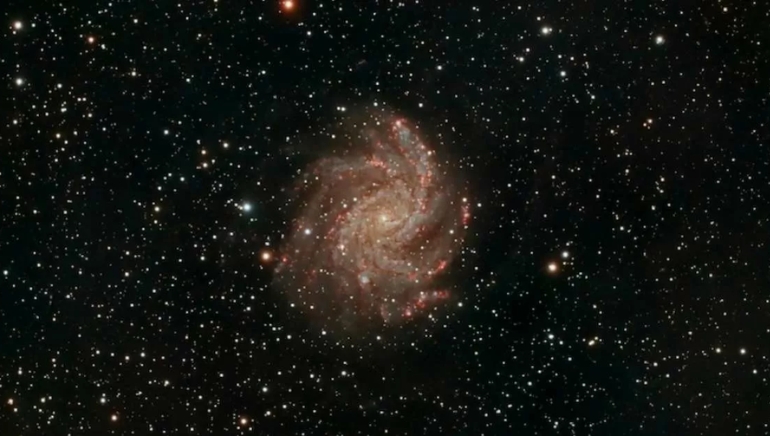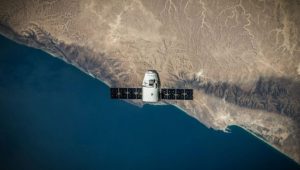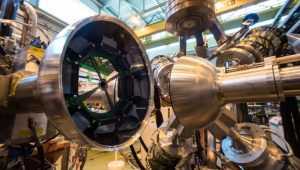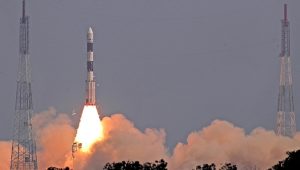Astronomers discovered “Quipu,” the universe’s largest known structure. It spans 1.3 billion light-years and is 13,000 times larger than the Milky Way. This result calls into question prevailing ideas of cosmic structure.
Quipu, named after an ancient Incan measurement system, was discovered using galaxy cluster analysis. The paper, which is available on ArXiv, has yet to be peer evaluated. Previously, the Hercules-Corona Borealis Great Wall held the record of 10 billion light-years, albeit its existence is still questioned. Unlike Hercules-Corona, Quipu is plainly visible in sky maps.
Along with Quipu, scientists uncovered four other superstructures, which collectively include 45% of galaxy clusters, 30% of galaxies, and 25% of observable matter. These formations have an impact on cosmic dynamics, specifically the Local Group’s motion in relation to the Cosmic Microwave Background.
Despite its enormous size, Quipu is not permanent. Scientists anticipate that gravitational forces will eventually split it into smaller formations. This result shows that cosmic structures are continually changing.
Quipu research has the potential to improve cosmological models and our understanding of galaxy formation. Researchers emphasise the importance of more observations to confirm its impact on the universe.















